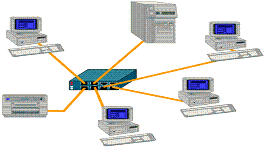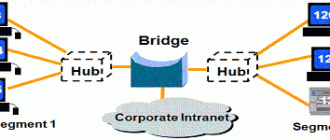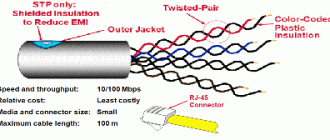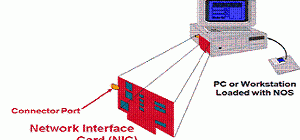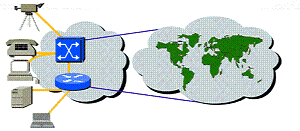You may hear the word topology used with respect to networks. “Topology” refers to the physical arrangement of network components and media within an enterprise networking structure. There are four primary kinds of LAN topologies: bus, tree, star, and ring.
Bus and Tree topology
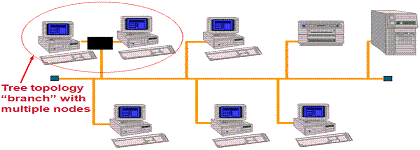
Bus topology is
– A linear LAN architecture in which transmissions from network components propagate the length of the medium and are received by all other components.
– The bus portion is the common physical signal path composed of wires or other media across which signals can be sent from one part of a network to another. Sometimes called a highway.
– Ethernet/IEEE 802.3 networks commonly implement a bus topology
Tree topology is
– Similar to bus topology, except that tree networks can contain branches with multiple nodes. As in bus topology, transmissions from one component propagate the length of the medium and are received by all other components.
The disadvantage of bus topology is that if the connection to any one user is broken, the entire network goes down, disrupting communication between all users. Because of this problem, bus topology is rarely used today.
The advantage of bus topology is that it requires less cabling (therefore, lower cost) than star topology.
Star topology
